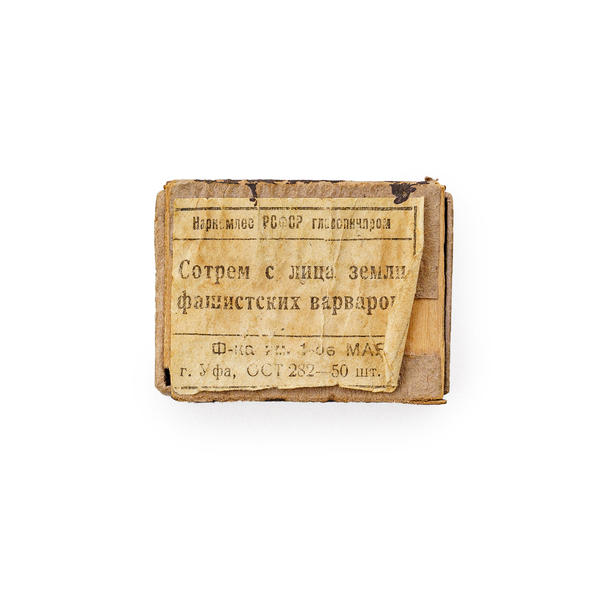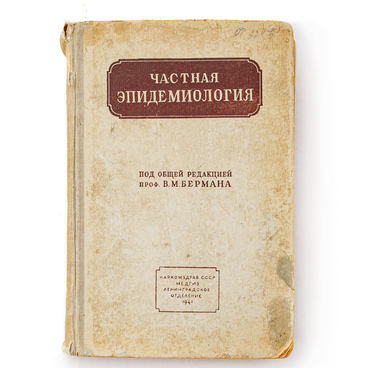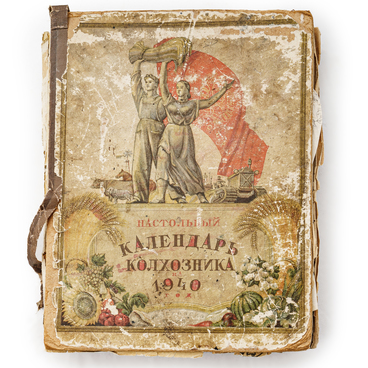The Bashkir Soviet Republic was traditionally into various forest industries, rafting of wood, timber logging, etc. The year of 1922 witnessed the establishment of the Bashkir Sawmill Group of Enterprises to combine all plants engaged in this field in the region. In the 1930s, plywood and match factories came into being along with the Bashkir Tannin Extract Plant.
The ceremony of commissioning the match factory took place in early May 1932, hence the name May 1 Match Factory. Before the war broke out, the enterprise, parented by the Bashkir Sawmill Group, had been considered to be one of the leaders in its field. Over the first year of its operation it manufactured more than 100 thousand cases of matches.
In the first months of the Great Patriotic War, the Ufa Factory put up its counterpart, Gigant, evacuated from Kaluga. Erected in 1929, it was commissioned only in a couple of years. As of 1940, Gigant accounted for 10-plus percent of the total volume of matches, manufactured in the USSR. When the Great Patriotic War broke out and German occupants approached Kaluga, the factory was demolished and its equipment moved to Ufa.
After the city was liberated by the Red Army, efforts went in full swing in January 1942 to rebuild the facility. In early 1950s, before the Balabanovo Experimental Factory became operational, Gigant’s offset shop printed labels for itself and many other match operations in the European USSR. From the very beginning, matches have always come in boxes with labels attached to them.
First, they contained instructions for the use of this incendiary means, considered rather hazardous. Later it was replaced by the manufacturer’s details. Some time passed and labels on match boxed evolved into mass media for education and awareness raising. Naturally, inscriptions on match boxes, manufactured during the hard years of the war, called for the destruction of German occupants and full victory over the opponent. Very unpretentious and low-key, featuring one or two moderate colors, they can tell us surprisingly so much about that heroic period!
During the Great Patriotic War, a new production technology was adopted. Manufacturers took up producing matches, which did not flame out in the wind and rain, and flared up even when they were dampened. After the war, such matches, dubbed wind-resistant, were included into kits for expeditions to remote and hard-to-get areas.
The ceremony of commissioning the match factory took place in early May 1932, hence the name May 1 Match Factory. Before the war broke out, the enterprise, parented by the Bashkir Sawmill Group, had been considered to be one of the leaders in its field. Over the first year of its operation it manufactured more than 100 thousand cases of matches.
In the first months of the Great Patriotic War, the Ufa Factory put up its counterpart, Gigant, evacuated from Kaluga. Erected in 1929, it was commissioned only in a couple of years. As of 1940, Gigant accounted for 10-plus percent of the total volume of matches, manufactured in the USSR. When the Great Patriotic War broke out and German occupants approached Kaluga, the factory was demolished and its equipment moved to Ufa.
After the city was liberated by the Red Army, efforts went in full swing in January 1942 to rebuild the facility. In early 1950s, before the Balabanovo Experimental Factory became operational, Gigant’s offset shop printed labels for itself and many other match operations in the European USSR. From the very beginning, matches have always come in boxes with labels attached to them.
First, they contained instructions for the use of this incendiary means, considered rather hazardous. Later it was replaced by the manufacturer’s details. Some time passed and labels on match boxed evolved into mass media for education and awareness raising. Naturally, inscriptions on match boxes, manufactured during the hard years of the war, called for the destruction of German occupants and full victory over the opponent. Very unpretentious and low-key, featuring one or two moderate colors, they can tell us surprisingly so much about that heroic period!
During the Great Patriotic War, a new production technology was adopted. Manufacturers took up producing matches, which did not flame out in the wind and rain, and flared up even when they were dampened. After the war, such matches, dubbed wind-resistant, were included into kits for expeditions to remote and hard-to-get areas.



